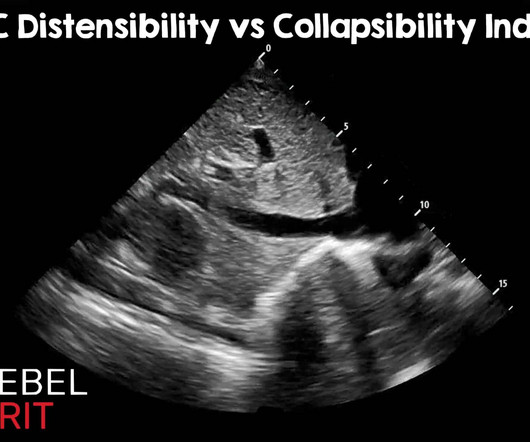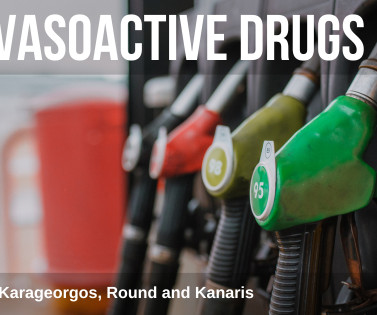IVC Distensibility Index vs Collapsibility Index: Using the Correct Index
RebelEM
FEBRUARY 24, 2025
Of course, there are other methods of assessing fluid tolerance : Capillary refill evaluation, passive leg raise, central venous pressure measurement, pulmonary artery wedge pressures, stroke volume variation, pulse pressure variation, etc. Nov 2020; PMID: 33140173 Hanson J, et al. Jan 2019; PMID: 30138573. Castro R, et al.













Let's personalize your content